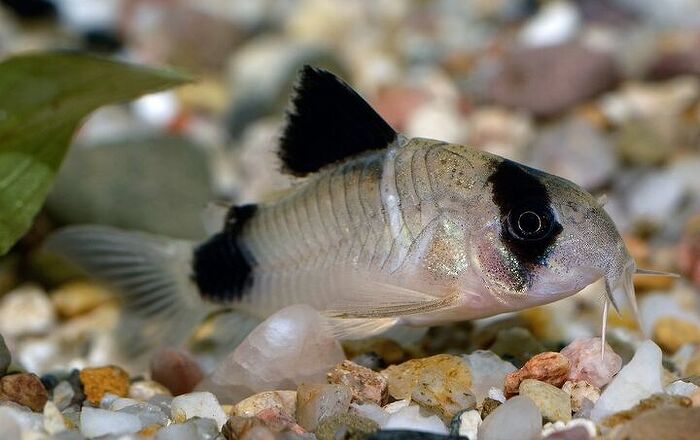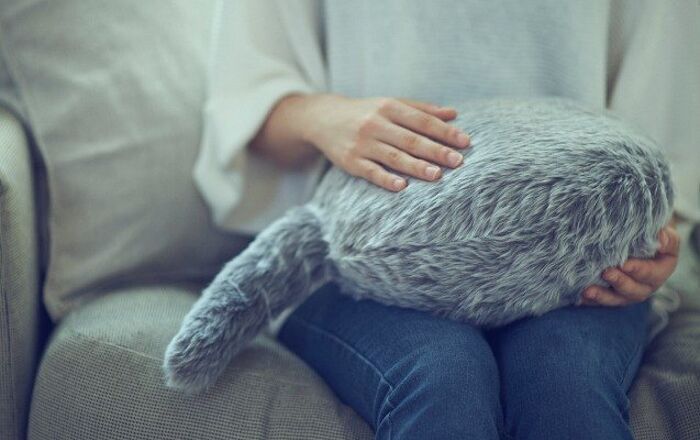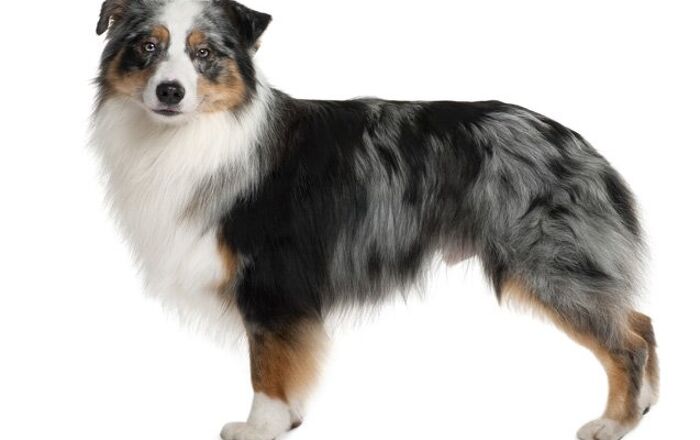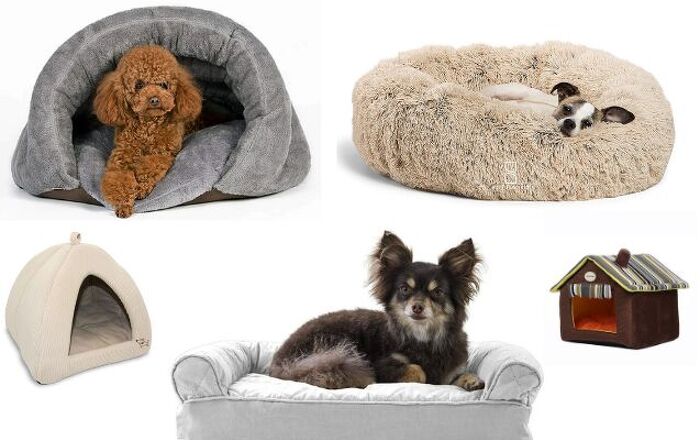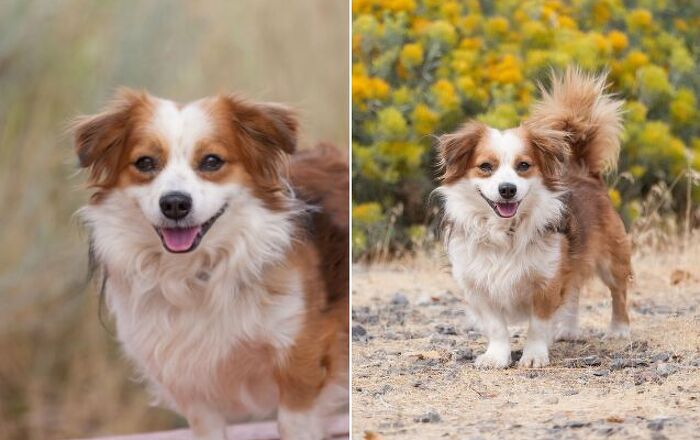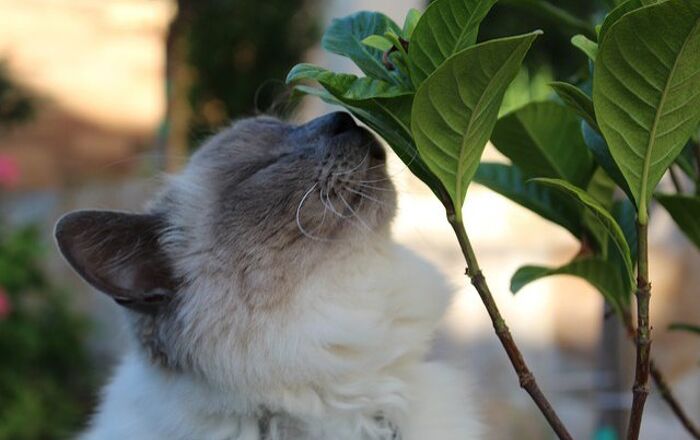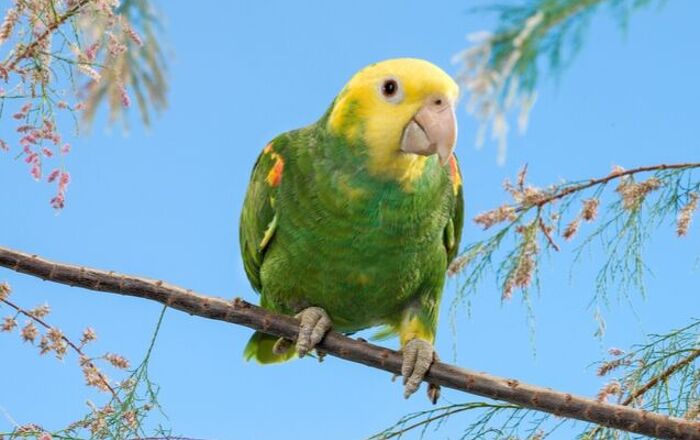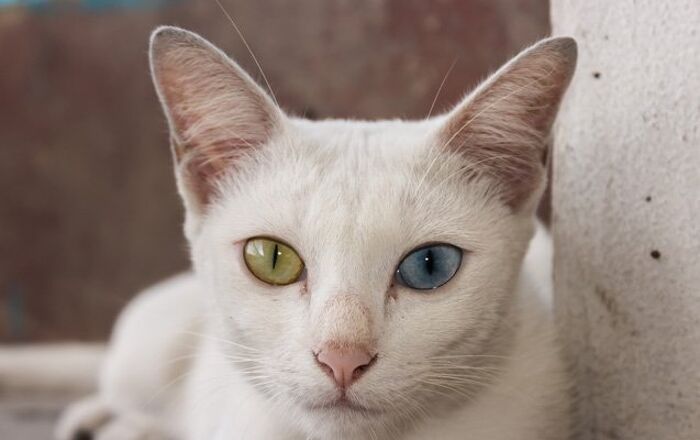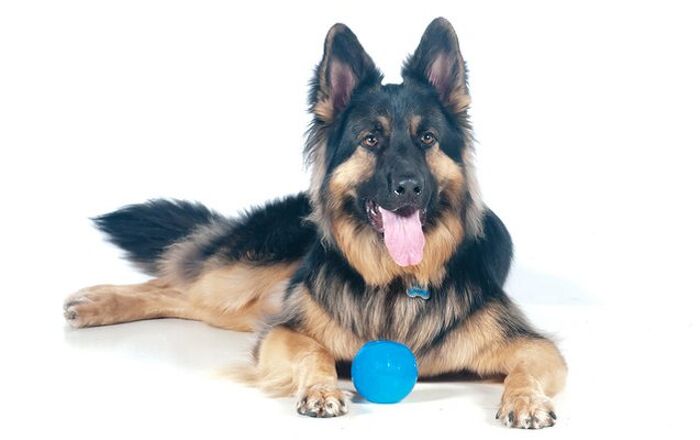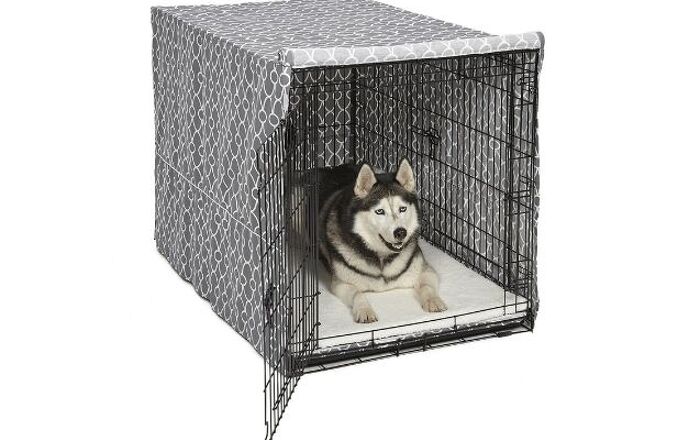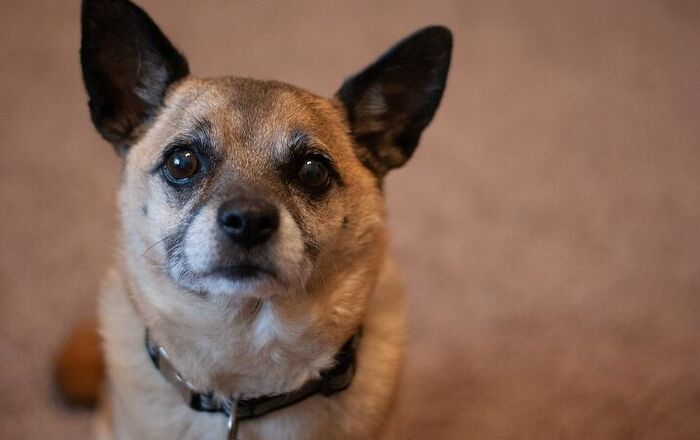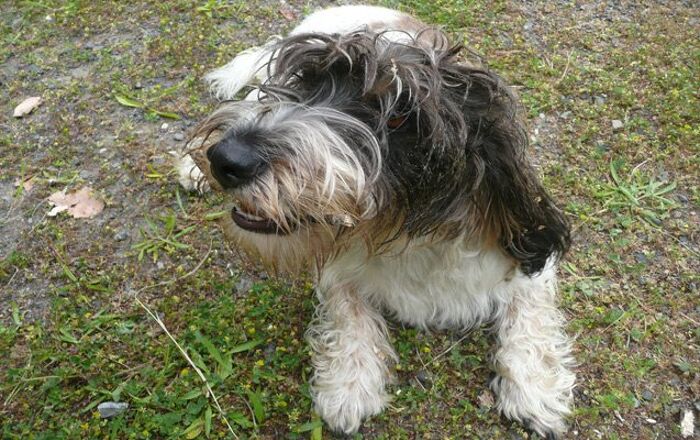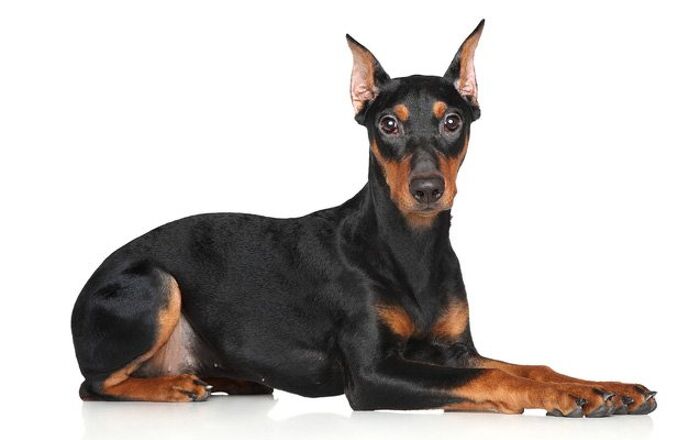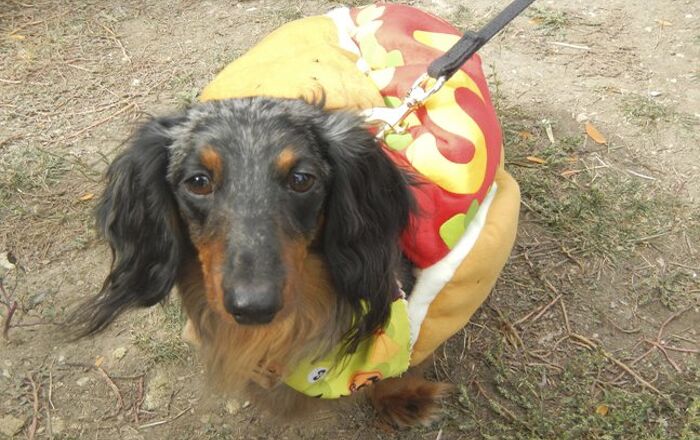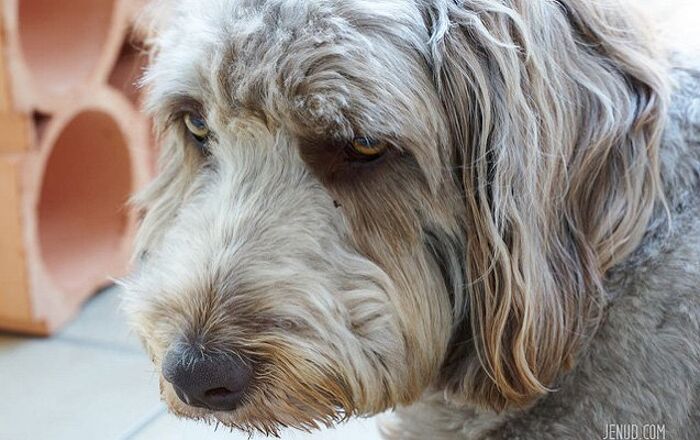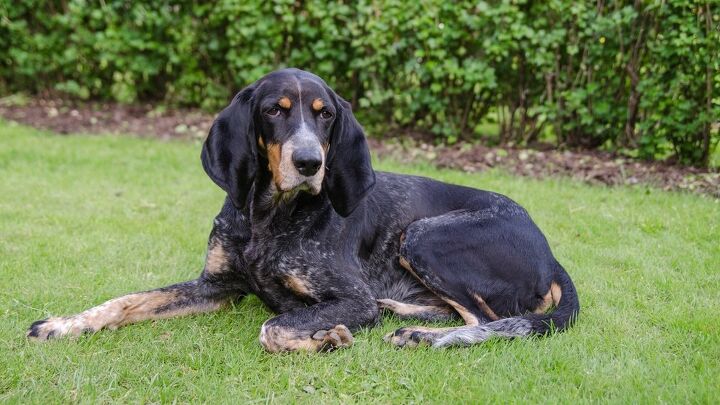
Lucernese Hound Basics
The Lucernese Hound is named after the city of Lucerne in Switzerland and is one of four recognized varieties of Schweizer Laufhund. Bred to hunt a wide variety of game including hare, fox, and deer, the Lucernese Hound is happiest when he is out in the field doing his work. If you’re looking for an active, talented hunting breed that is also loyal and friendly with children, this is a breed to consider.
Origin
The Lucernese Hound was developed in Switzerland and is named for the Swiss town of Lucerne, though his exact origins are unknown. This breed is one of four Swiss hounds known as Schweizer Laufhunds – the other three are the Bernese Hound, Schwyz Hound, and the Bruno Jura Hounds. This breed is the smallest of these four hounds but still has the stocky, muscular build of a hound type as well as the strong hunting ability. Though some clubs recognize the four Schweizer Laufhunds as individual breeds, most of them classify all four as the Schweizer Laufhund. This breed is recognized by the FCI in the medium hound group.
Pedigree
The exact origins of the Lucernese Hound are unknown but he is one of four Swiss hounds classified under the type Schweizer Laufhunds.
Food/Diet
The Lucernese Hound should do well on a high-quality commercial diet formulated for adult dogs. If you plan to hunt with your dog or train him for dog sports, however, a working or active breed formula may be more appropriate.
Training
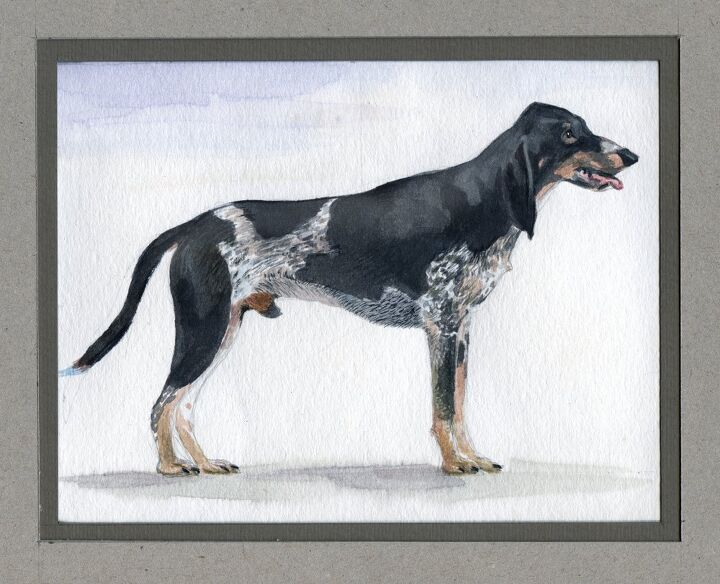
The Lucernese Hound is an intelligent breed that responds well to training. Because they are very energetic and eager, a firm and consistent hand in training is required and this breed tends to do best with experienced dog owners. These dogs were developed to hunt in packs, so they may enjoy training with other dogs and you should expect them to be a little stubborn or independent at times. For the most part, however, this breed responds well to positive reinforcement training.
Weight
The Lucernese Hound is a medium-sized hound breed that weighs 35 to 45 pounds at maturity. He is the smallest of the Swiss hound breeds.
Temperament/Behavior
Though developed for hunting, the Lucernese Hound has the potential to make a good family pet. These dogs are naturally friendly and loyal with their families, though they can be a little wary around strangers. This breed will alert you to the presence of strangers, so he makes a good watch dog but he doesn’t have strong protective instincts, so he won’t do well as a guard dog.
This breed tends to do well with children and other dogs, though they may chase cats and small household pets due to their strong hunting instincts. This breed is happiest when he is kept busy, so make sure he gets plenty of exercise and attention to prevent boredom and the development of problem behaviors.
Common Health Problems
The Lucernese Hound is generally a healthy breed with a lifespan appropriate for his size. These dogs are bred for hunting so there is a risk for field injuries as well as ear infections. Other than that, health problems to which the breed may be prone include hip dysplasia, elbow dysplasia, and eye conditions like progressive retinal atrophy and entropion/ectropion.
Life Expectancy
The average lifespan for the Lucernese Hound is 10 to 13 years.
Exercise Requirements
The Lucernese Hound is a very active and energetic breed who requires a significant amount of daily exercise. This breed needs at least an hour of moderate to vigorous exercise each day and will appreciate having a fenced yard in which to run and play. This breed may also do well in certain dog sports if you’re looking for a way to give him some extra exercise.
Recognized Clubs
The Lucernese Hound is not currently recognized by the AKC but he is classified as a medium hound by the FCI under the name Schweizer Laufhund.
Coat
The Lucernese Hound as a short, close-lying coat of the typical hound type which is simple and straightforward to groom. This particular breed is blue in color with black patches as well as tan markings on the face and lower legs. The blue tint to the dog’s coat comes from the mixture of black and white fur. Most dogs of this breed exhibit a black saddle as well.
Puppies
The average litter size for the Lucernese Hound is 3 to 7 puppies. These dogs need to be started with training and socialization from a young age, particularly if you plan to keep them in the home with children and other pets. These dogs are not hyperactive by nature but puppies need a great deal of exercise and mental stimulation to prevent destructive behavior. It is also important that you feed your Lucernese Hound puppy a high-quality puppy food until he reaches 12 months of age.
Photo credit: Lisaveya/Shutterstock; Anna in Sweden/Shutterstock

